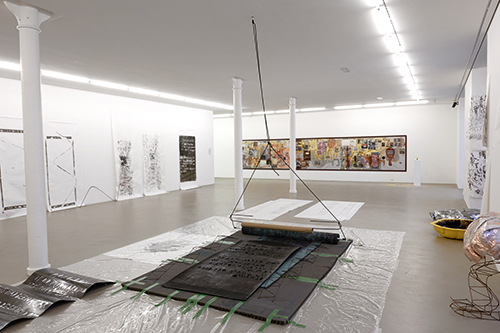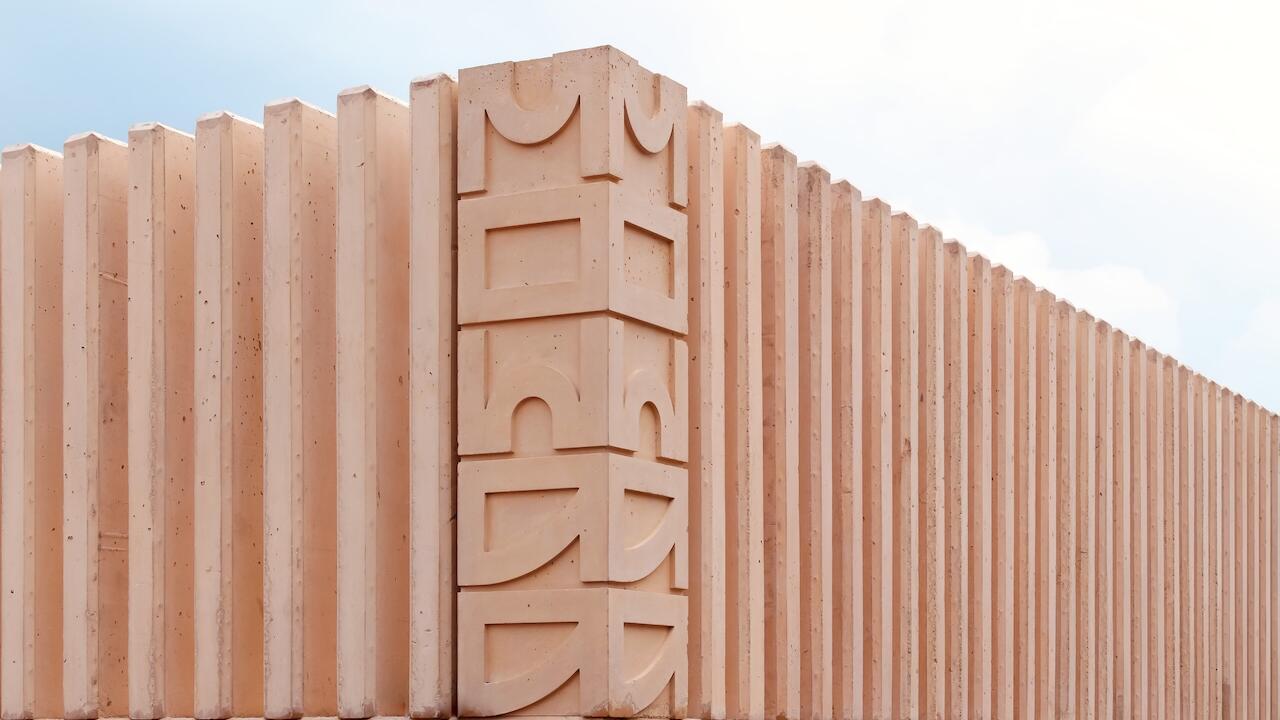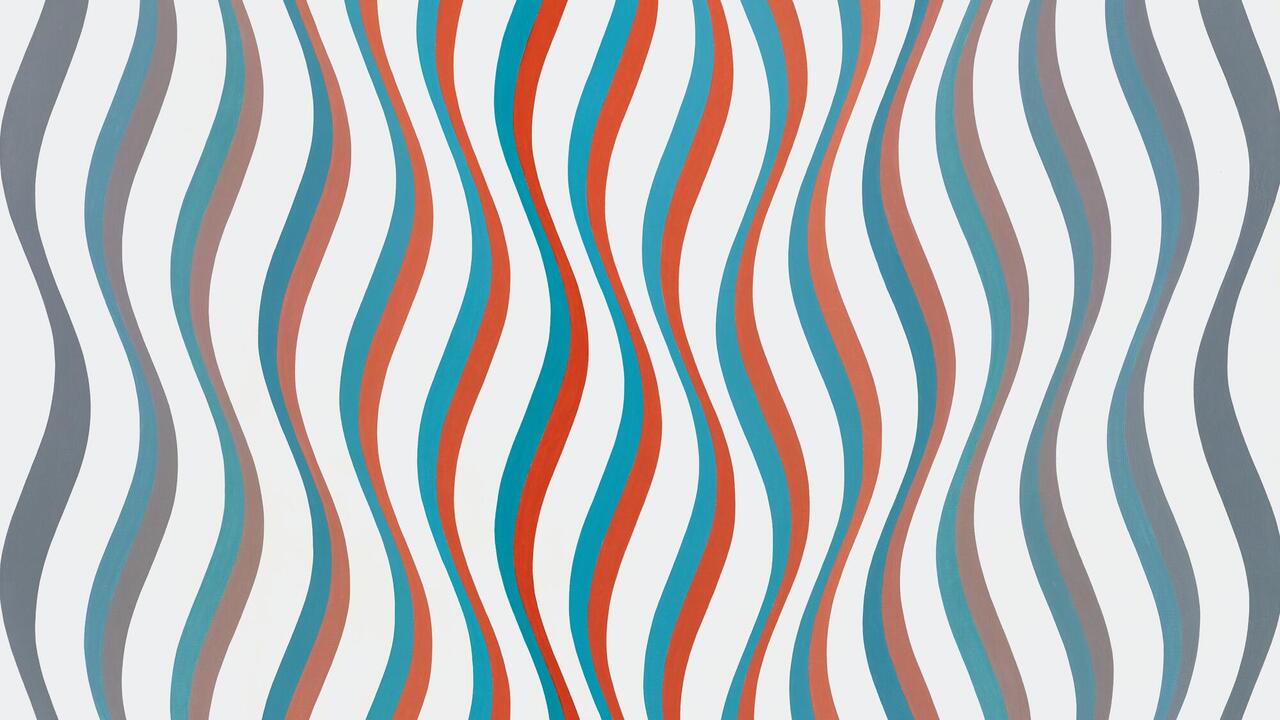Some End of Things
Museum für Gegenwartskunst
Museum für Gegenwartskunst

Do you have some idea of how you want this to end? Because I can’t see any way in which this ends well. Or even at all. In a climate of being never finished, never off, it might be time to take stock of where things might end up, when all is said and done. Such questions of endgame formed the theme of Some End of Things, a group exhibition curated by Nikola Dietrich and Scott C. Weaver. Chiefly connected by sculptural concerns, the largely process-based works here – by artists such as Michaela Eichwald, Fabian Marti, Nora Schultz and Anicka Yi – expressed an oppositional mode to the idea of the prefabricated work: think of Tony Smith’s six-foot black cube sculpture Die (1962), say, which he claimed arrived fully-formed as a concept and was then ordered over the telephone. The pitch-dark grave to which the work refers – as well as to da Vinci’s Vitruvian Man (c.1490) – is an end indeed, of course.
Improvising, ad-libbing and jamming all involve messing with the structures of a given system and a number of the works here involved the production of improvised text. Schultz contributed the installation Re: Re: Printer (Reality-Relief-Printer) (2013), featuring one of the artist’s signature large, ad-hoc printing presses apparently abandoned halfway through a job. A metal stencil appeared almost like a crushed car bonnet, while its text – on driving – collapsed this raucously improvised process into a kind of ongoing car crash. Elsewhere a typewriter of sorts, made by Jewyo Rhii from thin pieces of wood, shakily destroyed itself as it was used to type stuttering love poetry on the wall (Recitation of Itaewon Poetry (Eindhoven), 2013).
Mess and trash also were leitmotifs, giving, as they do, a tactile sense of remains. Anicka Yi’s grease-stained cardboard boxes, arranged grid-like, minimally on the floor, contained deep-fried flowers, drowned in milky fat, causing the tendrils and petals to appear both delicate and disgusting. Among the works by Hammons was a sculpture of a rolled up mattress from which the sound of snoring emanated, Materasso Addormentato (mit/with Bruna Esposito) (1991), and Bathtub (1999) in which a dirty ring around the waterline of a bathtub echoed what appeared to be the marks left behind after the removal of a bathroom mirror.
Beziehungswahn (The Craze of Relationships, 2013), a messy rambling collage by Eichwald, was created over seven days while she was staying at the Arthur Boskamp Foundation in Hohenlockstedt, which is housed in a historic military camp. Photographs and other collected materials, obliquely relating to this history and gleaned from around the site, sat in slops of paint in reds, browns and mustards – recalling a sticky tissue covered in the remains of some over-sauced wurst. Seemingly Rauschenbergian in the equal treatment of materials and images, each of these was particular to the artist and to an almost diaristic mode of production.
The title of the exhibition, and to some extent its concept, is taken from a 2011 series of works by Judith Hopf, which search for moments of rest, exhaustion and finitude. Upside down vases featuring sketchy faces with flatly blank expressions were laughably empty, exhausted, done – as though all of their contents had exited them like the breath of a final sigh. Such finality is rarely available to us.
The several projects which appeared to search for ‘a good ending’, or to crystalize a moment of finality, were a reminder that living as though it’s never over promotes a kind of aimlessness: an altered sense of time, experienced in puddles of presentness. It’s a shock, therefore, when an ending does arrive, and suddenly all that remains is a dirty ring around a bathtub, or greasy remains at the bottom of a box.















